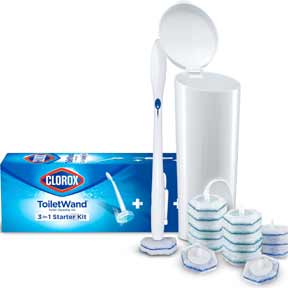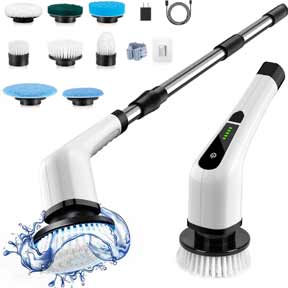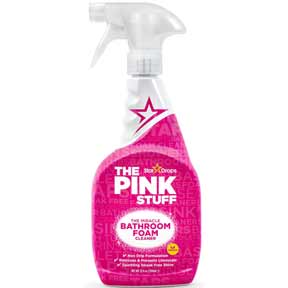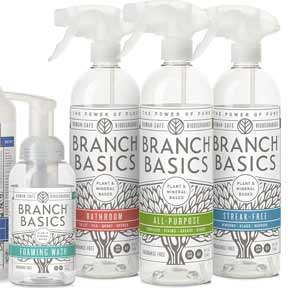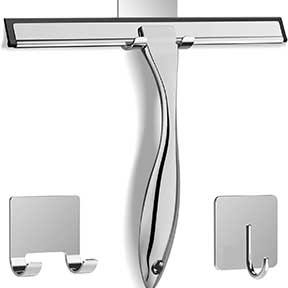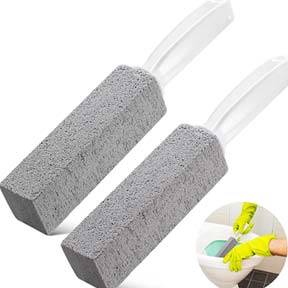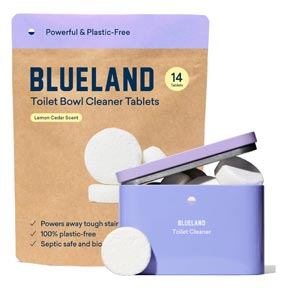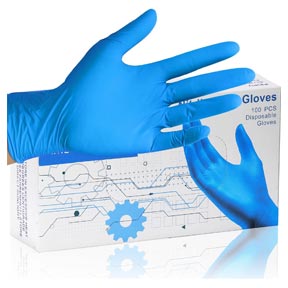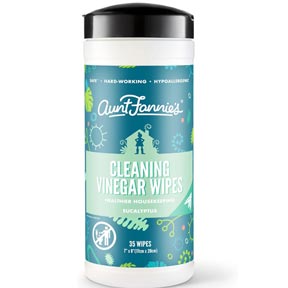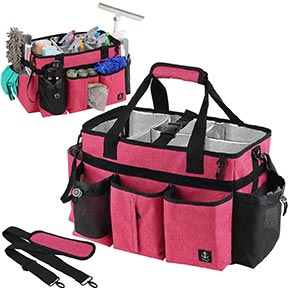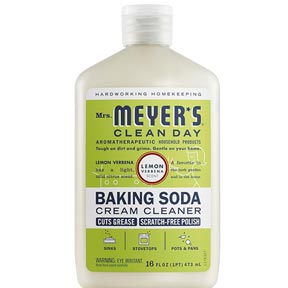Cleaning Germs and Bacteria in the Bathroom
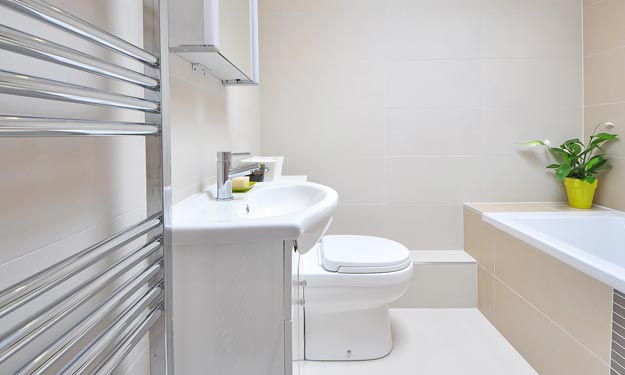
What Germs and Bacteria are Lurking in Your Bathroom.
Does Your Bathroom Harbor Germs and Bacteria
The fact is, the bathroom harbors germs, and they are everywhere. I mean our bodies carry germs; I think I’m a pretty clean person but germs cannot be avoided. In the bathroom alone there are many places that are a breeding ground for germs and bacteria due to the presence of moisture and humidity. Some common areas are:
- Toothbrush holders
- The shower floor
- The toilet bowl, seat and the toilet handle
- Your bath towel and hand towels
- The faucet handles
- Doorknobs
- Shower curtains
- Bath mats
- The bathroom fan
When you think about how many times you’re in a bathroom and how many times your hands touch your face; it’s kind of gross to think about what you might be leaving behind.
Most of us clean the bathroom weekly, maybe even more often than that, which helps tremendously when it comes to germs and bacteria, but if you don’t and many people; family and friends, are using the bathroom the chances increase for germs and bacteria to spread.
What are the Worst Germs Found in Your Bathroom?
As I’ve already said, if you clean the bathroom regularly and if you wash your hands after each potty break, there is little possibility of the worst of the germs affecting your living space. But for those who aren’t so inclined to clean regularly, there are several types of germs that could make you sick.
The Porcelain Throne a.k.a. the Toilet
I think we’ve all heard the stories of how dirty a toilet can be and it’s true if left unclean. Some of the viruses that can happen are:
Enteric Bacteria
Enteric bacteria can cause gastroenteritis which causes your stomach and intestines to become irritated and inflamed leaving you with abdominal pain, diarrhea, and vomiting.
Gastrointestinal Illness
Gastrointestinal illness is a virus caused by feces which poor hygiene habits can leave traces on toilet seats, countertops, and faucets. The simple act of flushing the toilet can cause sprays of water that can release bacteria into the air and be contaminated with fecal matter.
Other bacteria found around toilets that can spread are:
- Salmonella
- E-coli
These bacteria can be eliminated by simply cleaning the bathroom on a weekly basis, maybe more often if there are several people sharing a bathroom.
What Bacteria Lurks in Your Shower?
Oh that nice warm shower, how good it feels in the morning to wake us up and sometimes in the evening to wash off the dirt and sweat of the day.
Moisture and warmth in the shower or bathtub create an ideal environment for bacteria and fungi to grow and thrive. Areas with grout or caulking can be particularly susceptible to mold and mildew growth.
The bacteria in the shower will most likely not threaten most people but could possibly cause a problem with someone who is not so healthy or has a weekend immune system.
The one item in the shower that gets overlooked even by the best of us is the shower head. It’s a great spot for bacteria and biofilms to thrive. Below is a link to Cleaning the Shower Head.
Having a shower that is not clean and shared by others can also aggravate allergies and asthma symptoms.
Is There Bacteria on Bathroom Towels
There are many of us that reuse our bath towels and hang them to dry afterwards. Although dead skin cells and bacteria will accumulate, as long as the towel is allowed to dry afterwards, bacteria growth is slowed.
I might use my towel twice before washing but honestly, I wouldn’t let it go more than a few days. Hand towels on the other hand, now that’s a different story.
Hand towels are used frequently to dry our hands and can become heavily soiled with dead skin cells and makeup. Quite often hand towels are wetter than a bath towel and instead of being hung to dry; hand towels are left bunched on the counter where they are not drying out as well which means more bacteria and mold can grow on the surface.
Potentially, there can be many disease causing bacteria on towels like e-coli and salmonella and when the towel is wet they can grow fast over just a few days and can also transfer bacteria to your body when used.
The Bathroom Sink
Think of all the things that go down the bathroom sink drain, we spit in the drain, rinse a razor over the drain, soap from washing our hands goes down the drain, skin cells and more creating a buildup of bacteria and slime.
The faucet handles are touched frequently throughout the day which makes them prone to contamination and bacteria from dirty hands, splashes from brushing your teeth, and skin cells from shaving can accumulate on the surface of faucets.
Again, for most of us it won’t cause a problem but it could for some. When you clean the bathroom every so often think about cleaning the drain.
Cleaning the Sink Drain Using Baking Soda and Vinegar
This in an effective and popular DIY method for cleaning the sink drain. The supplies you will need are:
- Baking soda
- White vinegar
- Kettle or pot of boiling water
First remove any hair or other debris from around the drain. Use an old toothbrush to remove any dried gunk from around the drain as well. After doing this then:
- Pour about 1/2 cup of baking soda down the drain.
- Follow this with white vinegar, pour 1 cup down the drain. You’ll notice the fizzy reaction that occurs when these two meet. This can help to break down buildup and residue in the drain.
- Cover the drain with a rag and let sit about 10 to 15 minutes.
- While the baking soda and vinegar are doing their thing, boil about 4 cups of water. Carefully take this to the sink and pour it down the drain to help dislodge any debris and further clean the inside of the drain.
- Run hot water from the faucet for a few minutes to flush out.
Cleaning the P-Trap of a Sink Drain
This is also an important step to clear clogs and help remove odors and bacteria. The P-trap is the “U” shape piece of pipe beneath the sink. Here is how you can clean the P-trap:
- Place bucket under the P-trap to catch any debris and water.
- With a pair of cleaning gloves on, loosen the slip nuts on either side of the P-trap.
- Carefully remove the P-trap and empty any contents in the bucket. You may see hair, soap residue, black slime, etc.
- In another bucket, partially fill with warm water and vinegar (50/50) and clean the inside of the P-trap to remove any residue.
- Put the P-trap on and tighten the slip nuts securely but don’t over tighten.
- Run water for a few minutes to flush out any remaining debris and to make sure there is no leakage.
While the P-trap is off, check the connecting pieces of pipe for any debris, the drain pipe (directly under the sink) and tailpiece (directly behind the P-trap).
I have used an old wire coat hanger (I still have a few as they do come in handy at times) and wrapped an old cleaning rag around it to carefully insert and clean these pipes (tape the end of the rag so it doesn’t slip off).
Are There Germs on the Soap Dispenser?
Yes and it’s a surface we don’t ever think to clean. I mean, we use soap to help kill bacteria right? Soap dispensers can also become contaminated with bacteria growing on the surface, especially the pump part that dispenses the soap. So be sure to pay attention to the soap dispenser as well.
What Lies on the Bathroom Floor?
It’s the bath mat. It just sits there on the floor damp from us getting out of the shower providing a lovely place for bacteria to live.
And what about athlete’s foot fungus? With many people sharing a bathroom, walking in and out barefoot increases the risk of this type of fungus to spread to floor surfaces.
In order to eliminate bacteria and foot fungus, be sure to wash bath mats and floors regularly.
Where Else Can Bacteria and Germs be Found?
I may have listed these in the beginning but again, other places in the bathroom where germs and bacteria can be left behind are light switches, doorknobs, drawer pulls, cabinets and countertops.
The majority of us keep a clean home and the dangers of serious germs and bacteria affecting our health are eliminated when we clean on a regular basis. But for those who aren’t as diligent, I hope after reading about the possible dangers of having an unclean bathroom, you clean more often.
Related Articles
Step by Step Instructions on Cleaning the Bathroom
Bathroom Cleaning
